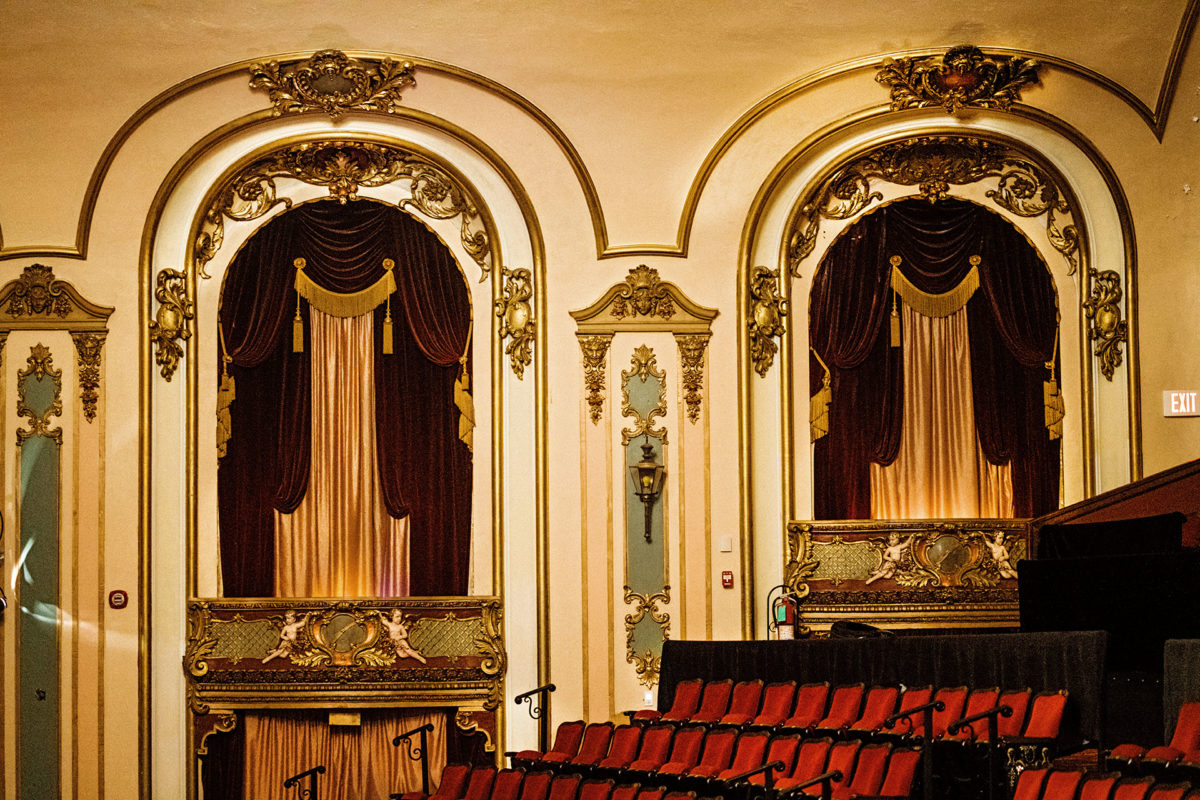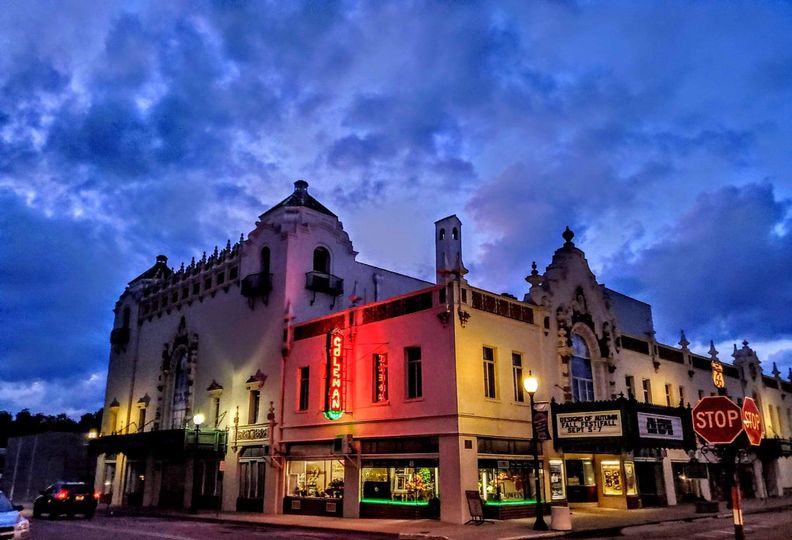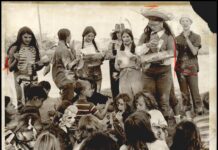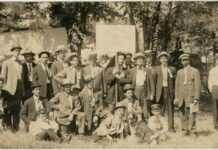Theaters in the 1920s were an exciting place: Vaudeville was in its heyday, but the advent of the moving picture was just on the horizon, soon to take over the imaginations of the world. During this time, two theaters in small town Oklahoma opened their doors, then rode the waves of change through the decades in surprisingly similar fashions. Even better, they’re still providing entertainment to Oklahomans today.
The Coleman Theatre, located on Route 66 in Miami in far northeastern Oklahoma, was built by George L. Coleman, Sr., a local businessman. The theater was opened in 1929 after a whirlwind of construction in just 330 days, says Danny Dillon, the managing director of the theater.
“[Coleman] wanted to bring culture and entertainment to the community that he had helped to establish,” says Dillon.
The McSwain Theatre in Ada was also built by a prominent local businessman, Foster McSwain, and opened to guests in 1920. The McSwain was originally built for vaudeville and movies from the era – both silent, and then “talkies.” But they had live appearances, too.
“The history of the theater is quite interesting, because through the years of the vaudeville and the silent movies and the talkies, they also had stars that would come here to the McSwain,” says Jae L. Stilwell, the theater’s general manager. Some of the stars included Roy Rogers, Dale Evans, Susan Hayward and Robert Preston.
Back in Miami, Coleman Theatre audiences enjoyed the sounds of the specially commissioned Mighty Wurlitzer organ and the light from a 2,000-pound, hand-made Italian chandelier. The Coleman featured recognizable acts such as Will Rogers, Bing Crosby and the magician Harry Blackstone. Although the Coleman later transitioned to a movie theater, it remains a popular center of entertainment in the community.
Both theaters thrived through the decades, but when large movie houses gained popularity in the 1980s, they fell on hard times. The McSwain was closed for a period of time … and the Coleman came close to folding.
“So, it looked like for the very first time, since it had opened in 1929, the Coleman might go dark – that it might close down,” says Dillon. But that wasn’t the end of the story for either.
The McSwain was resurrected by Paul Alford in 1991 to provide Branson-style shows. The Chickasaw Nation then purchased the theater in 2002 and conducted its most recent renovation to bring it back to its original glory, with modern accommodations for live shows. Stilwell, Alford’s niece, and a performer in her own right, has managed the theater since her uncle reopened it, and hosts the cornerstone show – the Jae L. and Crossover Show – each month.
Stilwell describes the McSwain’s proud place in the Ada community: “It’s an icon on Main Street. You can’t miss it. It’s the biggest, prettiest building on main street.”
The City of Miami now owns the Coleman Theatre, and it’s revitalization has been a labor of love from the community. Through donations and the hard work of volunteers, the Coleman has been restored to its original glory – complete with the original Wurlitzer organ and glass chandelier. Today, the theater hosts live programming and classic movie screenings while continuing to serve as a centerpiece of the Miami community.
Photos by Expressions courtesy Coleman Theatre





























